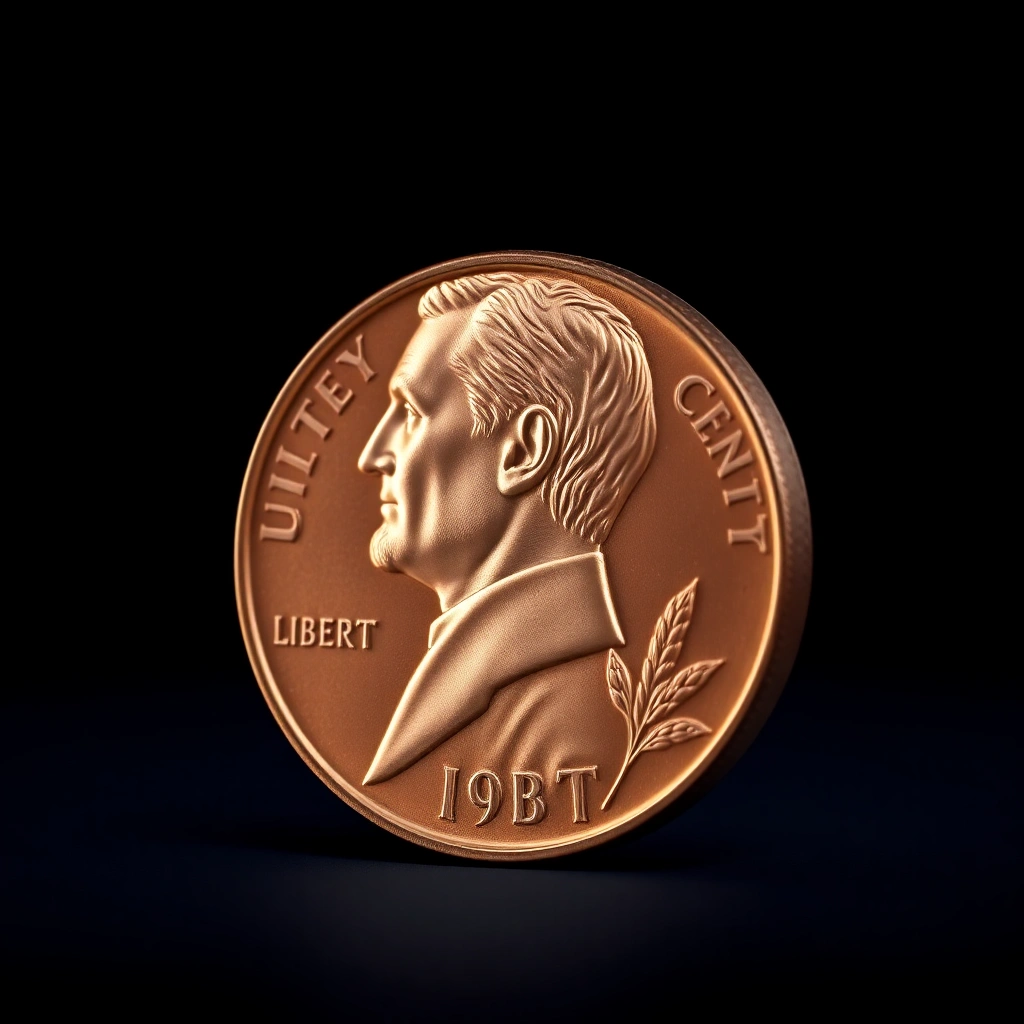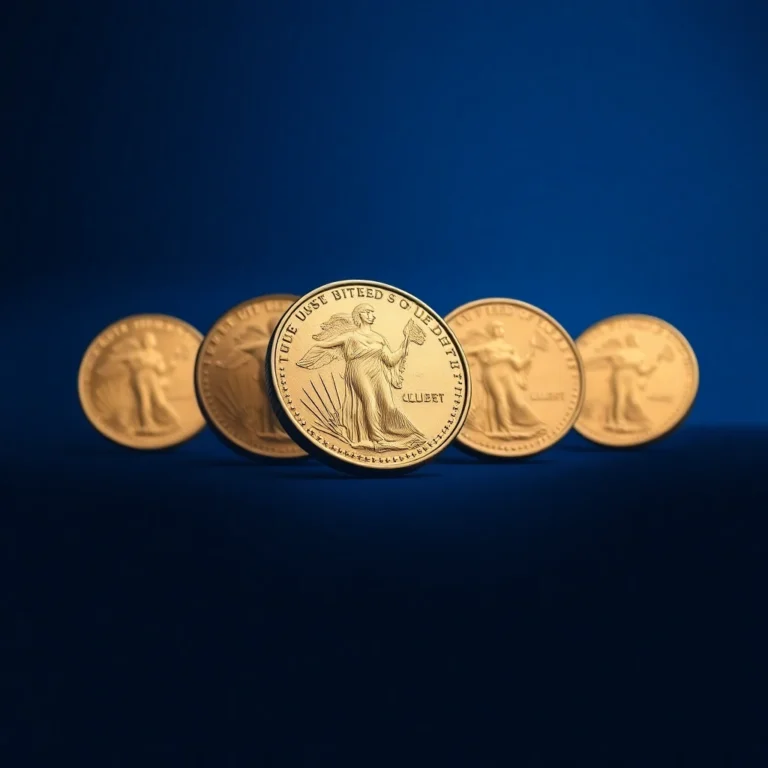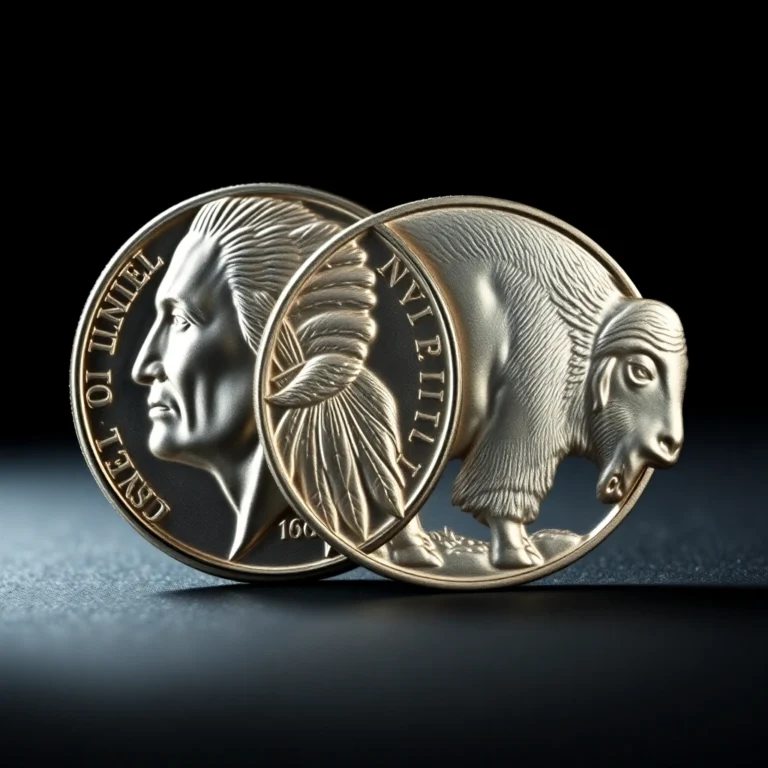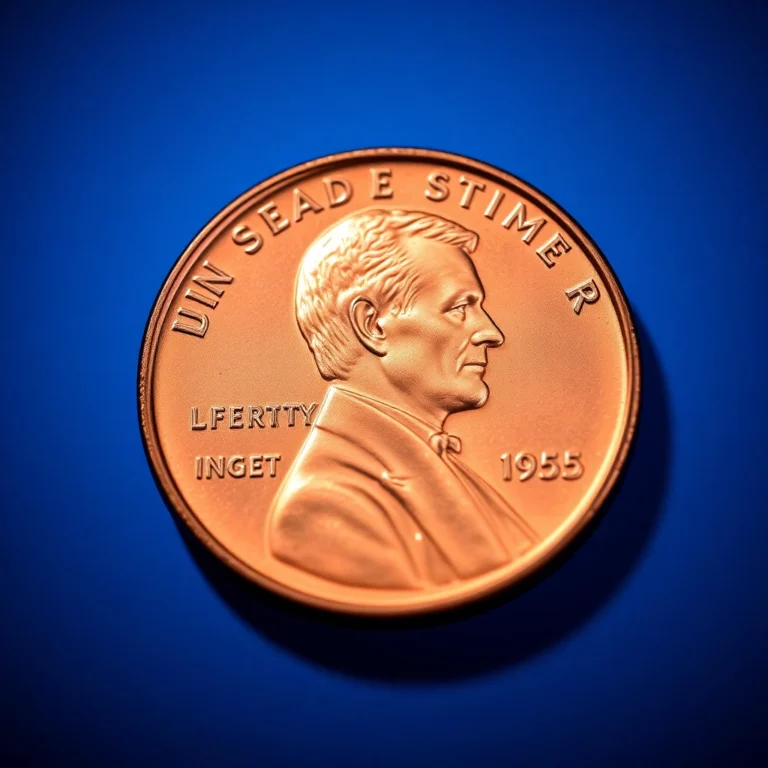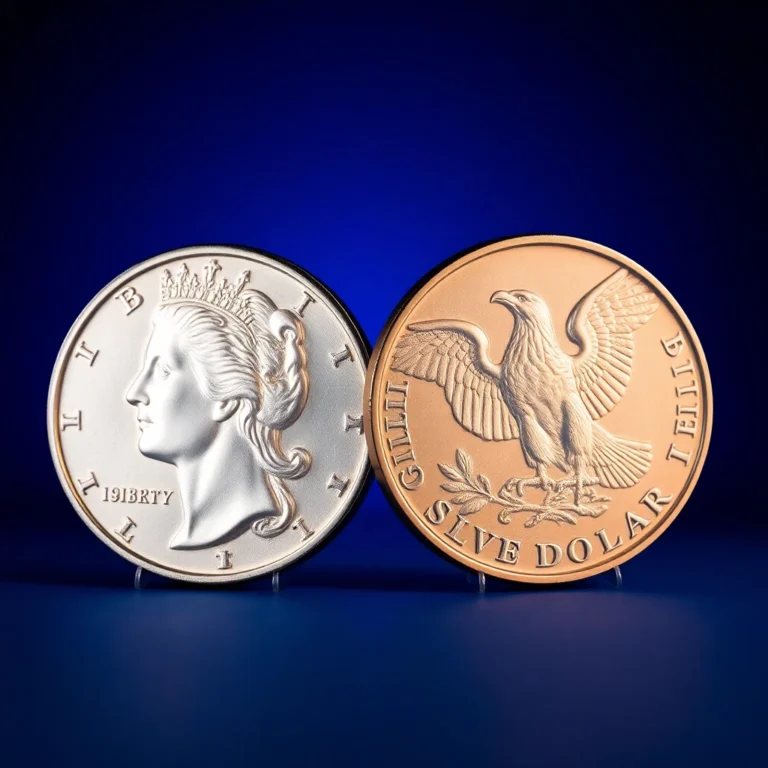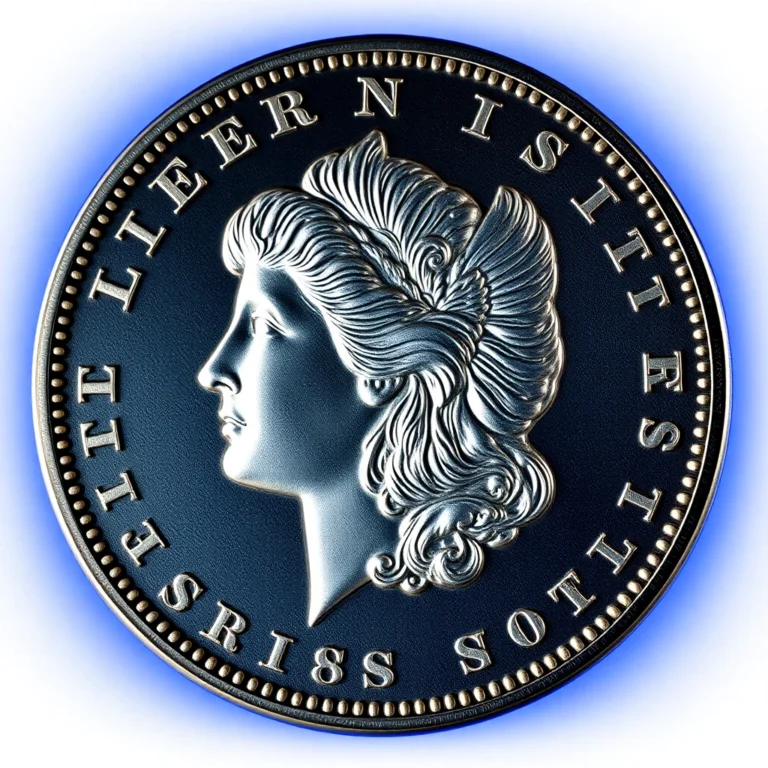In the vast and varied world of numismatics, few coins capture the imagination of collectors quite like the 1955 Double Die Lincoln Cent. This iconic error coin is more than just a piece of change; it represents a moment in minting history that has intrigued collectors for decades. From its distinctive doubled image of Lincoln on the obverse to its striking rarity, this cent has cemented its place as a must-have for any serious collector.
The 1955 Double Die Lincoln Cent matters because it embodies the fascinating unpredictability of coin production, where a small oversight can transform an ordinary penny into an object of desire and investment. In this article, you’ll uncover the historical context of this minting blunder, explore the factors that contribute to its allure, and understand its fluctuating market value. Whether you’re a seasoned numismatist or a curious newcomer, the story of this coin offers valuable lessons in the art of collecting.
As we delve deeper, prepare to discover the secrets behind its scarcity and what makes this cent a prized possession in any collection. Just how much is that rarity worth today? Read on to find out.
The 1955 Double Die Lincoln Cent: A Deep Dive Into Its History and Market Value
The 1955 Double Die Lincoln Cent is one of the most famous and sought-after error coins in American numismatics. Known for its dramatic doubling on the obverse, it captures the fascination of collectors worldwide. This article explores its intriguing history, physical characteristics, rarity, and current market values.
Historical Background and Significance
In 1955, the United States Mint in Philadelphia produced one of the most notable minting errors of the 20th century. The “Double Die” error occurred when a misalignment in the hubbing process caused the obverse die to imprint a doubled image on the coin. This error was discovered after approximately 24,000 coins had been released into circulation, primarily in the Northeast United States.
This mistake was never intended to become a part of numismatic history, yet it has since become an iconic piece, symbolizing the allure of the unexpected in coin collecting. The 1955 Double Die is highly prized both for its rarity and its distinctiveness.
Physical Characteristics and Design
The 1955 Double Die Lincoln Cent features the familiar visage of President Abraham Lincoln on the obverse, designed by Victor D. Brenner. However, what sets it apart is the pronounced doubling of the date and the inscriptions “LIBERTY” and “IN GOD WE TRUST.” The reverse, designed by Brenner as well, remains unaffected, displaying the Lincoln Memorial with no doubling.
Mintage Figures and Rarity
While the exact number of surviving 1955 Double Die cents is unknown, estimates suggest that only a fraction of the 24,000 originally minted remain. The coin’s rarity, combined with its unmistakable error, contributes significantly to its desirability and value.
Known Varieties or Errors
While the 1955 Double Die is itself an error, it is not known to have any other significant varieties. However, collectors should be aware of other minor doubling errors from the 1950s, which are distinct and less valuable.
Value Information
The market value of the 1955 Double Die Lincoln Cent varies greatly depending on its condition. Below is a detailed table of values by grade:
| Grade | Value Range |
|---|---|
| Good (G-4) | $1,000-$1,500 |
| Very Good (VG-8) | $1,500-$2,000 |
| Fine (F-12) | $2,000-$2,500 |
| Very Fine (VF-20) | $2,500-$3,500 |
| Extremely Fine (EF-40) | $3,500-$5,000 |
| About Uncirculated (AU-50) | $5,000-$7,500 |
| Mint State (MS-60) | $7,500-$10,000 |
| Gem Mint State (MS-65) | $10,000-$20,000 |
Authentication Tips
Given the high value of the 1955 Double Die, it is crucial for collectors to authenticate their coins. Here are some tips:
- Look for clear doubling on the date and inscriptions; it should be visible without magnification.
- Beware of counterfeits. Always purchase from reputable dealers or have the coin certified by a professional grading service.
- Verify the coin’s weight and dimensions, as these should match standard Lincoln Cent specifications.
In conclusion, the 1955 Double Die Lincoln Cent remains a cornerstone of American coin collecting. Its combination of historical intrigue, unmistakable error, and market value makes it a must-have for serious collectors. 🪙
FAQs
What factors determine the value of a 1955 Double Die Lincoln Cent?
The value of a 1955 Double Die Lincoln Cent is influenced by its condition (or grade), rarity, and demand among collectors. Coins in higher grades, such as Mint State (MS), typically command higher prices. Certified coins with a higher grade from reputable grading services like PCGS or NGC are especially sought after.
How can I authenticate a 1955 Double Die Lincoln Cent to ensure it’s genuine?
To authenticate a 1955 Double Die Lincoln Cent, examine the coin for the distinctive doubling on the obverse, particularly noticeable in the date and the inscriptions “LIBERTY” and “IN GOD WE TRUST.” Consider having the coin evaluated by a professional grading service, which can confirm its authenticity and provide a grade.
What advice would you give to someone looking to start collecting 1955 Double Die Lincoln Cents?
Begin by educating yourself about the coin’s history and characteristics. Start with a budget in mind and purchase from reputable dealers or auctions. Consider buying coins that have been professionally graded to ensure authenticity and condition. Networking with other collectors can also provide valuable insights and opportunities.
Why is the 1955 Double Die Lincoln Cent historically significant?
The 1955 Double Die Lincoln Cent is significant due to its dramatic doubling error, which makes it one of the most famous and sought-after error coins in U.S. numismatic history. Its discovery in the mid-1950s sparked widespread interest and excitement among collectors, adding to its allure and mystique.
Are there any common varieties or errors associated with the 1955 Lincoln Cent besides the Double Die?
While the Double Die is the most famous error for the 1955 Lincoln Cent, other minor varieties may exist, such as differences in die state or slight die errors. However, none match the prominence or collectibility of the Double Die variety. Always verify with a trusted source when exploring potential varieties.
